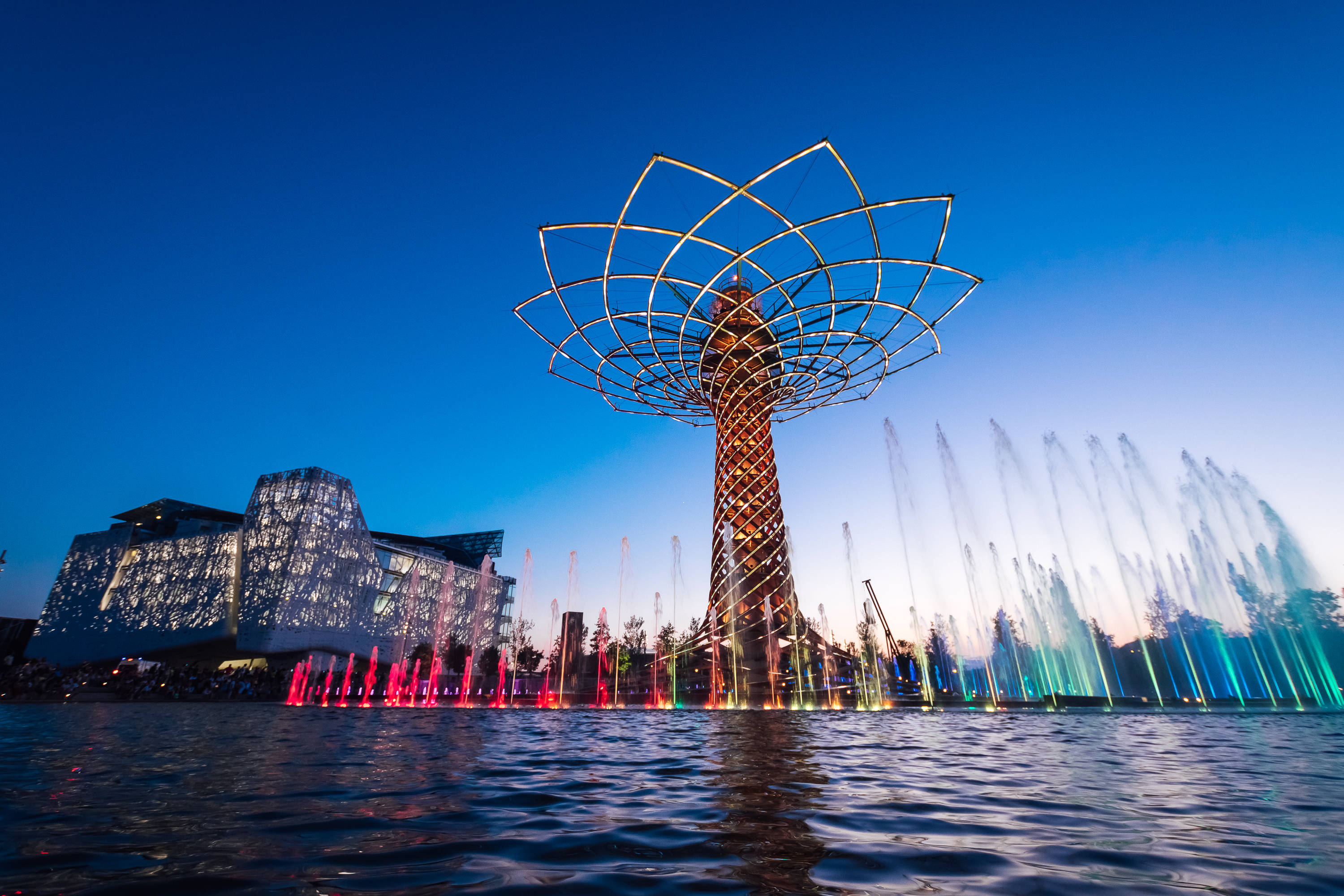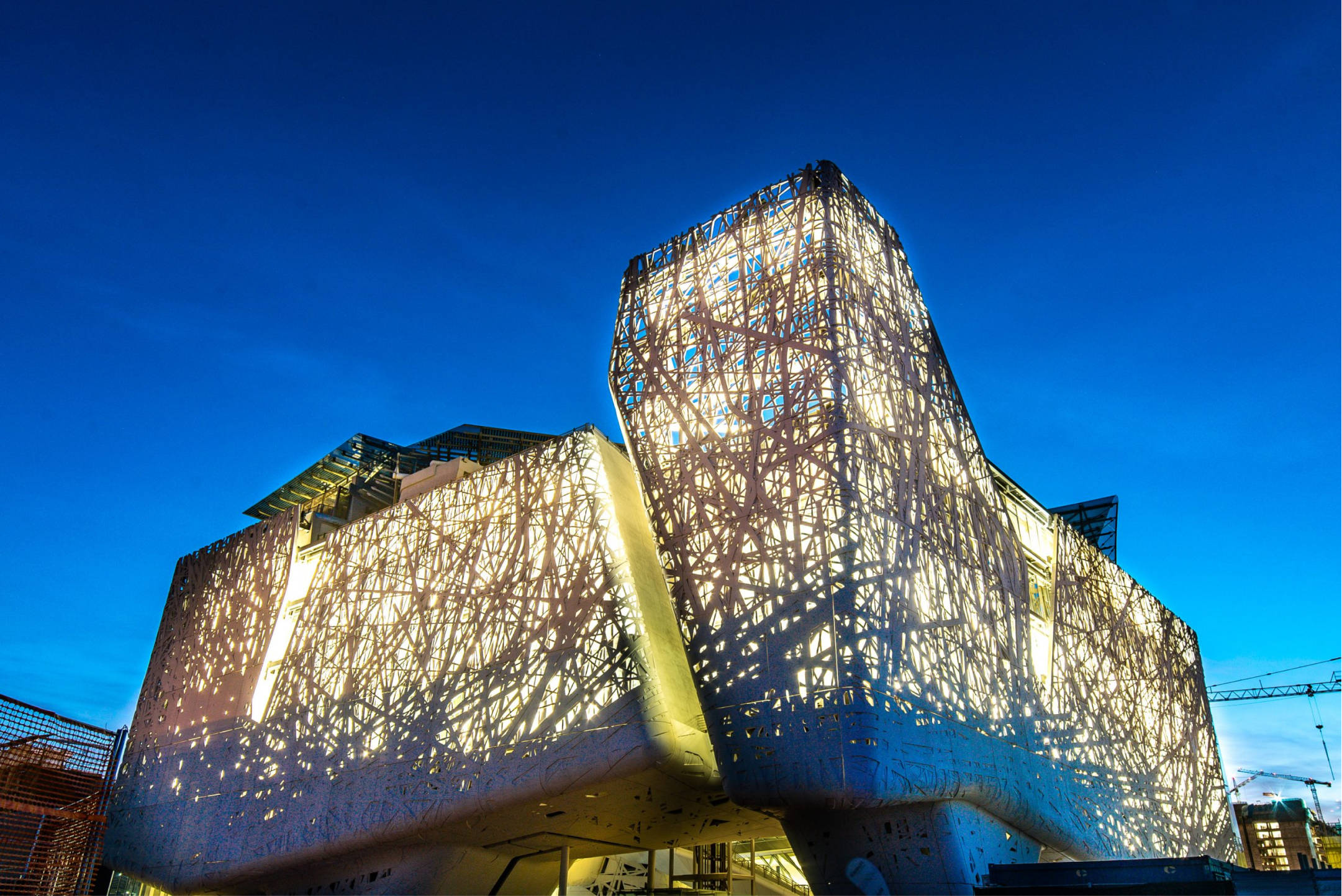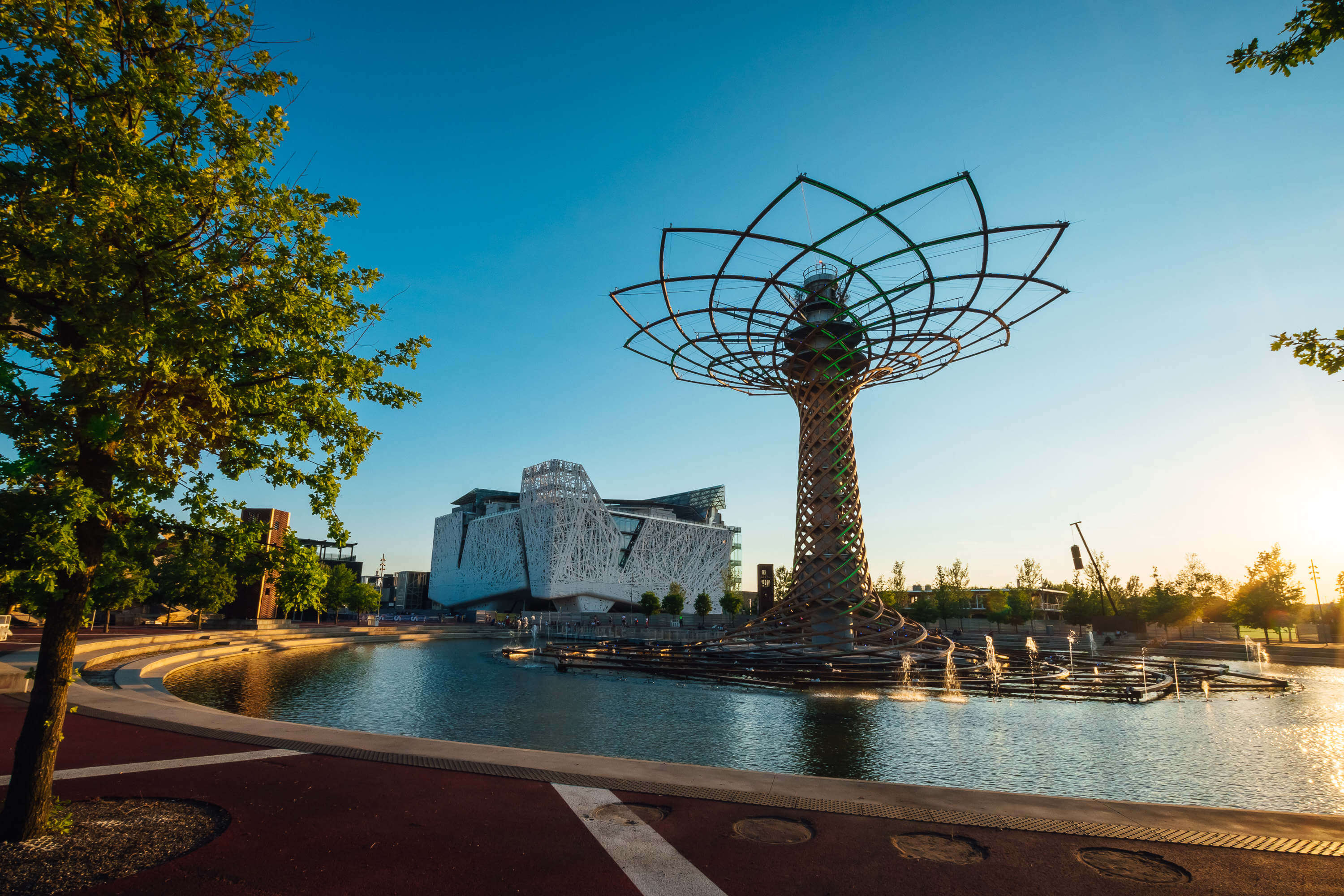Its goal is very simple: make our lives better.
“The most important thing for Mind is people: everything we do leads to that”. Arexpo’s Director of Institutional and International Relations Alberto Mina is adamant about this, and he is right to be. There is a huge and complex system tasked with the creation of one of the largest integrated urban plans in Europe, which is attracting investments, brainpower and technologies to generate innovation. Its goal is very simple: make our lives better. “It’s going to make our lives better in two ways. First, by giving direction to the research that will be done here, that is Life Sciences and City of the Future. Second, by creating a residential district that will satisfy the needs of everyone who will work or live there”.
Well-being and quality of life are staples of the Made in Italy. The Italian way of life combines culture, nature and beauty. And also care, a word that is full of nuances: from taking care of people (the sick, the elderly, or children), to carefully paying attention to details and making a difference when working. Italy has always been like this, and Arexpo wants Mind to be its highest expression.
The aim of our research is people’s well-being”, states Igor De Biasio, Arexpo’s CEO. “Development is clearly oriented towards something good”. That is not a trivial with experiments and applications regarding genetics and DNA, the very essence of the human structure.
Human Technopole’s mission is to make our lives better by studying life itself. The approach of Sciences of Life laboratories ranges from biology to chemistry, from engineering to genomics. The final goal is one and the same: to make human health better (with special regard to the aging process), and safeguard that of nature by implementing projects “to make the world more sustainable”, like De Biasio said.
The Galeazzi Orthopedic Institute is headed in the same direction: bringing innovation directly to those who need it. Heir to a long-standing medieval tradition, it’s not surprising that the laboratories of this large hospital have taken on tailor made medicine, which is highly personalized and targets a given disease in a specific patient. This is true in the orthopedic field, where the Galeazzi is a medical center of excellence, and in the cardiovascular field, where the Sant’Ambrogio Clinical Institute boasts the same cutting-edge technology.

The aforementioned targets will also be met by the The University of Milan, La Statale, a total area of 160,000 square meters (17,000 of which will become lecture halls and 11,000 laboratories) that will welcome 18,000 students from 60 different scientific degree courses. The presentation file of the University states that large areas, services and “a scientific macro-platform for the procurement and management of the necessary scientific equipment” will be available to its students. This equipment will be indispensable in the years to come to develop useful knowledge destined to health improvement.
In Arexpo’s vision, Mind’s willingness to create good living environments is another side of well-being. De Biasio states that the objective is “a place where people will want to spend time even after work, because it will be a pleasant green area crisscrossed by waterways”.
Particular attention is paid to the physical aspects regarding the design and construction of buildings and environments, but also the social, aesthetic and biological ones, which all contribute to the physical and mental well-being that comes from living in a sustainable way. This is true for residential areas, public spaces and workplaces.
A good example of this is the ground floor of the Galeazzi Hospital, which will provide doctors, patients and visitors alike with green areas. The project guidelines state that “interior spaces are built around comfort and natural light: most rooms will have large windows, allowing in lots of sunlight and offering great views of the surrounding area”. In the opinion of Binini Partners’ architects, interiors “should be able to convey different values, such as respect, safety, scientific and social progress and their ability to alleviate pain and administer effective treatment”. The same goes for Human Technopole’s offices, the university campus, and, of course, the public spaces.
«a place where people will want to spend time even after work, because it will be a pleasant green area crisscrossed by waterways»

Italy’s history is rich with small villages, and what we are creating is essentially a well-connected village.
The Decuman, the 1.5-kilometer boulevard that ran through Expo, will become one of the longest urban linear parks in Europe and the main feature of Studio Carlo Ratti’s masterplan, which intends to set aside 460,000 square meters for green areas. 3,000 new trees will be planted in addition to the existing ones, but also flowerbeds and gardens, vertical farms, educational gardens, sky farms and green areas for outdoor training and social gatherings. “We want to turn cement into green, to breathe new life into this area”, state the architects at Studio Ratti. This will turn into urban woods, sprinkled with bodies of water and ran through with 4 kilometers of bike paths.
“We are betting on innovation on an urban scale”, says Stefano Minini, Landlease’s Project Director. “We do not just want to create a business district, but to apply those features to a city that incorporates beauty and serendipity. It will have all the necessary office buildings, but also a hotel, a kindergarten, or simply areas where people can take a walk and wind down”.
This overall concept is better explained through the Common ground, found all over the District: the ground floors in every building will be accessible to everyone. It will be a continuous common pedestrian area, crossing and connecting private and public spaces. This is meant to encourage meetings and exchanges; it is necessary to give birth to new ideas but also to live in a better way.
“It actually picked up on Expo’s idea of the public square as a vital place for an integrated and dynamic community”, says De Biasio. It is also an expression of another aspect of the Made in Italy: “The sustainable integration of different aspects of life is tipically Italian. Italy’s history is rich with small villages, and what we are creating is essentially a well-connected village. Just like it happened in the past with the Maritime Republics, which had a worldwide network, or with the comuni during the Renaissance, connecting cities and countryside. Two different dimensions, but both with humans at their center”. Just like Mind.

